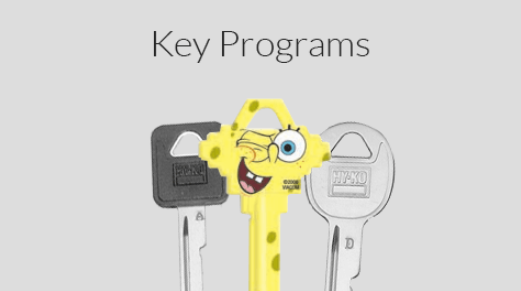Introduction
The Key Programs for Educational Development (AED) has long supported positive social change through education, health, and community development. However, established as a non-profit association, AED aims to designate individuals and communities through creative programs and initiatives. With a global impression, it has affected countless lives by promoting equitable access to education, enhancing healthcare systems, and driving tolerable development. To better understand AED’s work, examining some of its standout key programs and their profound consequence on education and development is critical.

Expanding Access to Quality Education
One of AED’s foundational commitments is securing access to quality education for underserved communities. Through its programs, AED addresses obstacles like poverty, the absence of resources, and inequality in education systems. For example, its Basic Education and Literacy Programs concentrate on enhancing primary and secondary school routines by training teachers, designing curricula, and providing learning materials. Additionally, AED highlights Girls’ Education Initiatives, which tackle gender differences in education by building safe learning circumstances and presenting scholarships for young girls. These enterprises prioritize literacy, vocational training, and life skills that equip learners for the workforce.
Strengthening Health and Community Development
AED identifies the link between education and health, often working at the junction of these domains to promote well-being. Through Health Education Projects, AED provides training on crucial topics such as prenatal care, nutrition, and disease prevention. It cooperates with local organizations to spread health resources and raise community awareness, providing people can make informed decisions about their health. Additionally, AED has spearheaded key programs that address HIV/AIDS prevention and treatment, specifically in regions with high majority rates. These industries apply counselling, testing, and advocacy for public health policies that decrease stigma and provide access to care. These combined approaches confirm that development is holistic and long-lasting.
Leveraging Innovation for Global Impact
Invention is at the heart of AED’s techniques for driving development. By combining technology into its key programs, AED builds scalable solutions that respond to current challenges. For instance, its E-Learning Initiatives deliver digital tools and online platforms to join educators and students worldwide. This democratizes access to education and confirms that learning can continue uninterrupted during troubles such as pandemics or natural disasters. AED also utilizes data-driven approaches to watch progress and tailor interventions virtually. Using investigation and analytics, the organization recognizes the unique needs of various communities and adapts its strategies accordingly.

Conclusion
The Academy for Educational Development demonstrates how targeted key programs and strategic industries can make meaningful changes in education, health, and community development. However, from addressing educational injustices to promoting public health and leveraging technology, AED continues to adapt and innovate to satisfy the growing world’s evolving needs. Organizations such as AED remind us that development is not just about solving problems—it’s about assigning people and communities to create better futures for themselves. Whether you’re an educator, policymaker, or simply someone sincere about social progress, AED presents a compelling model for how to push sustainable impact.